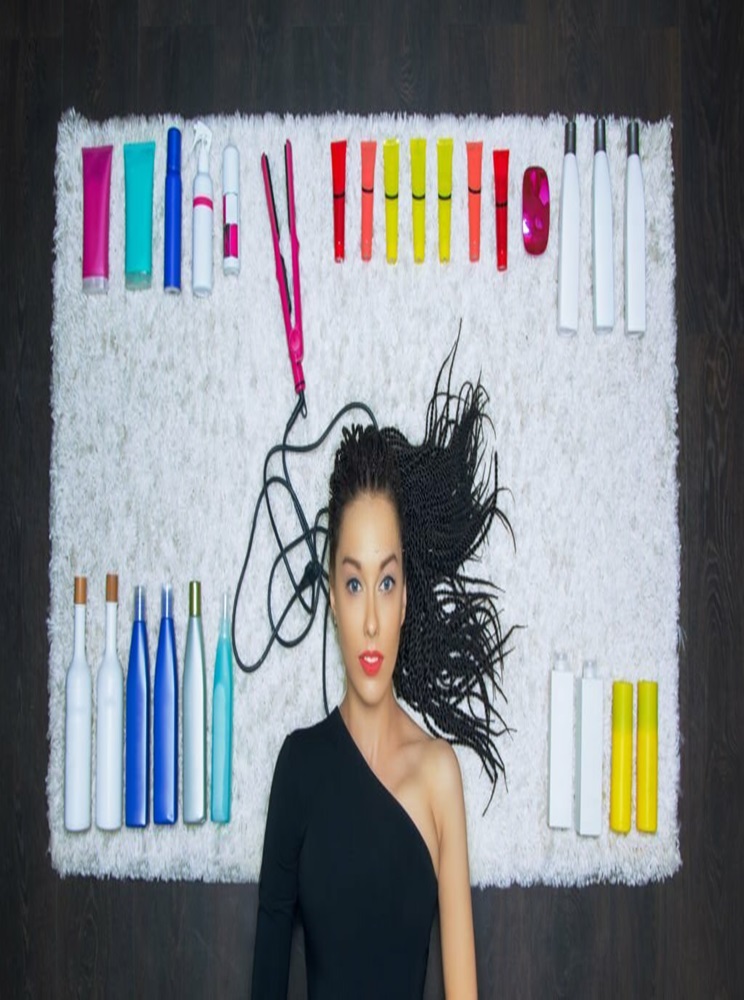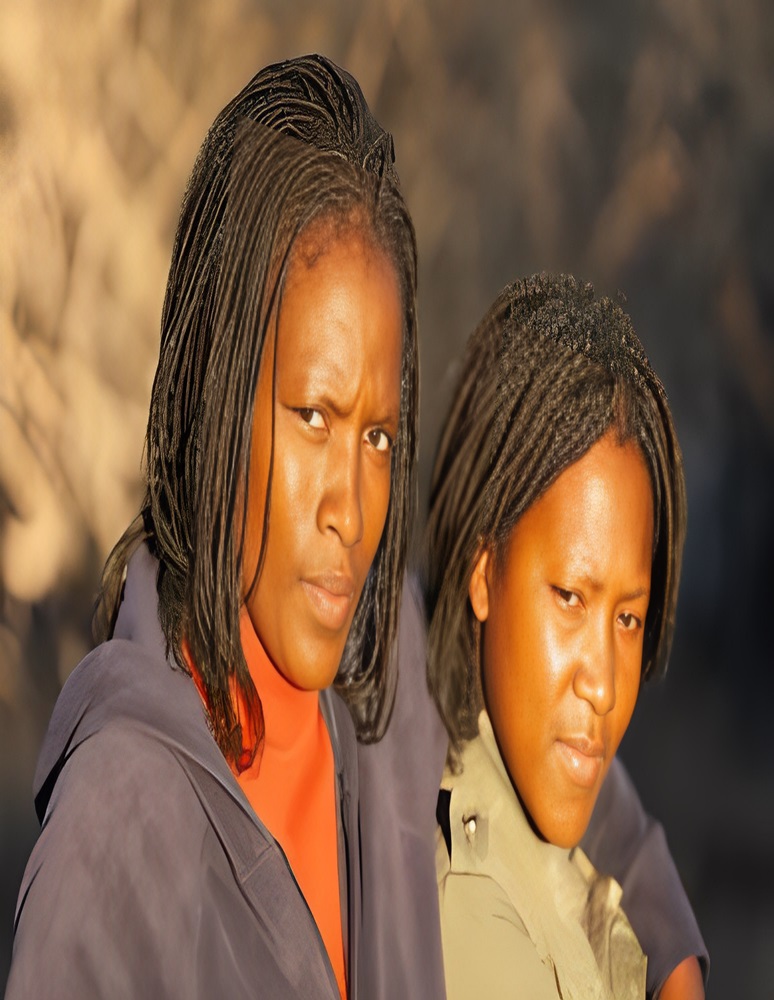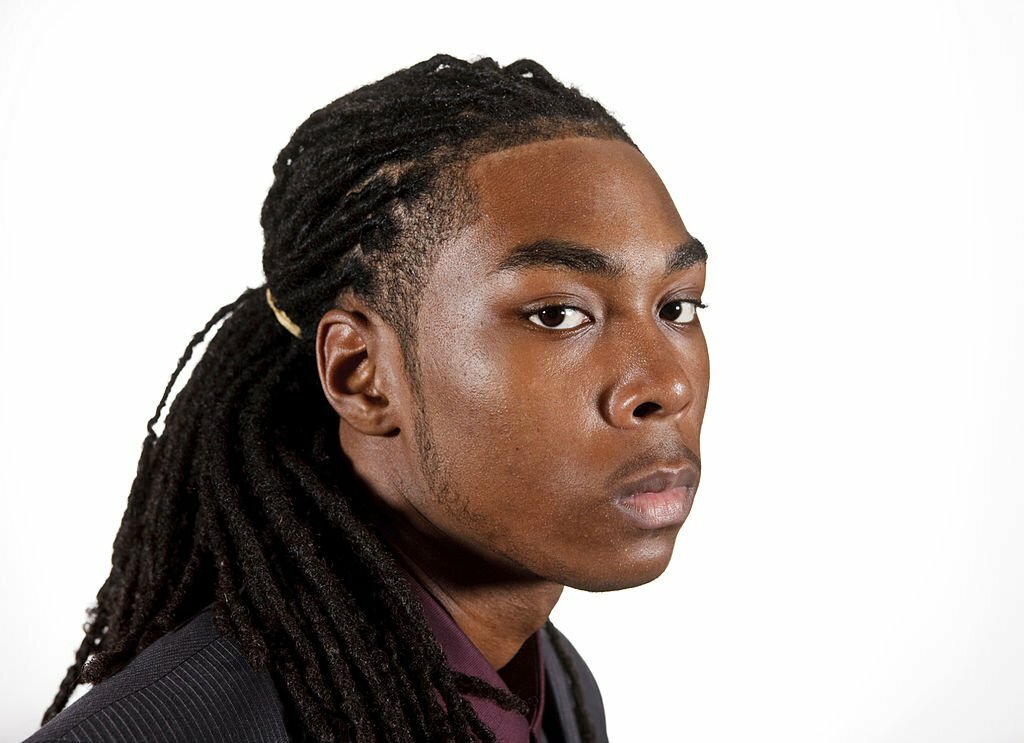This blog will explore the significant differences between dreads and locs in origin, cultural background, appearance, growth, maintenance, hair styling, and techniques used to achieve them.
Moreover, Dreadlock Wig has all the necessary information for each step of your locs journey. Explore our extensive blog and learn how to start your locs, learn growth tips, maintenance tricks, the latest dreads styling ideas, and much more.
In addition, learn more about how to keep them in good shape by the exports.
What are Locs?
The word “locs” comes from the complete form “dreadlocks” formed by the matting of hair strands. It’s an African style that started with wicks and was updated for loc development. In this style, the hair strands are mostly coiled, twisted, braided, or palm-rolled by hair professionals.
Locs have solid historical roots with the Caribbean, Rastafarians, and Africans who chose this hairstyle for the very first time.
Remember that locs is an artificial hairstyle that involves coiling the hair strands. Moreover, the locs are now available as hair extensions, giving extra volume and length to natural locs.
What are Dreadlocks?
Dreadlocks are a hairstyle that originated between 1500 BC and 2500 BC. “Jataka,” the God Shiva and his followers, the first one popular for wearing knots of tangled hair, in the latest terms, the dreadlocks.
The style can be easily achieved by using the proper technique to mat the hair strands, such as twisting, backcombing, palm rolling, two-strand twists, and more.
In addition, the dreadlocks have a rope-like appearance and look merged at the roots, so they cannot be segmented easily.
Read: Dreads vs Braids: Untwisting Hair Strands and Finding Champion
Locs vs Dreads: Exploring the 8 Major Differences
If you are unaware of the locs and dreadlocks, you should know the significant differences between these two before starting. Once you know the differences, it will be easier for you to choose among them and get them made by a professional. Here, we share a few significant differences between the two:
1: History
The word dreadlock comes from the word dread, which means respect. In ancient times, dreadlocks were famous as the hair of enslaved people, meaning the ones who naturally lock hair due to a lack of a hair care regime.
Additionally, in some communities, such as America, Oceania, and Africa, it is considered a social symbol of strength for the chiefs.
In the 1930s, the Rastafari movement in Jamaica highlighted the term and the hairstyle as a recognition of fear and respect for God. Later, people had problems with hairstyle names, such as dreads or dreadlocks, in American culture. “Rasta” is another term for dreads, referring to its Jamaican roots.
Later on, this hairstyle was recognized by the world, and now it is a trending lifestyle all around the globe.
Locs, however, are recognized as a hairstyle having a neat look than the merged ones (dreadlocks). Dreadlocks and locs are now differentiated into hairstyles and lifestyles.
2: Outlook
Locs and dreads look the same from a distance, but only an expert can differentiate. Dreadlocks appear as merged, matted, thicker hair strands that grow with time. They look messier and stand more volume than locs.
Locs, on the other hand, look tidy and thinner than dreads. In addition, there are more sub-types of locs with small diameters, such as microlocs, sisterlocks, and traditional locs.
They are easy to style with different styling tools and hair accessories as they are thinner in diameter and are easily manageable.
3: Observance
Ancients believed that dreadlocks negatively impacted the historical background of their strong slave trade. Moreover, it is a lifestyle in which you submit yourself in the name of respect.
Locs is a hairstyle in which locs form over six to eighteen months.
4: Roots
Dreadlocks appear as thicker coils with merging roots. In this style, there are different hair sections without delicate partitions.
On the other hand, locs appear better with better partitions. In addition, it is a well-maintained hairstyle that requires retwisting after a few months to keep the locs from unraveling.
5: Locking techniques
Dreadlocks form naturally over time without any external help or hair manipulation. The Rastafarians have this view of leaving the hair alone to develop into sacred locs on their own.
Conversely, professionals use many methods, such as palm rolling, backcombing, twisting, braiding, or locking tools to form locs. The locking tools used in the techniques include crochet hooks or crocheting needles. In addition, some professionals also use some types of locking gels or setting creams to hold the locs in their shape for longer.
6: Growth
Dreadlocks grow on their own with no use of hair care products. Research reveals that natural human hair grows half an inch in two months. So, the dreadlocks also grow with this speed or may develop slowly in some cases.
Locs and braids are distinct, with locs, also known as dreads, growing naturally but requiring a proper hair care regimen, including regular cleaning and retwisting, over two years.
7: Maintenance
Locs and braids require proper maintenance, followed by a proper hair care regime. They need proper deep cleaning, retwisting, and styling.
Dreadlocks is a low-maintenance hairstyle that uses no retwisting combs and hooks. The purpose is to allow hair strands to mat and lock naturally without any external help.
8: Styling Options
Both locs and dreadlocks are easy to style as they look good freeform. However, locs vs. dreads are thinner, so they are easy to manage in different styles, such as twisting, braiding, ponytails, and buns.
Dreadlocks are easy to style in free form with some hair accessories as they are thicker and not easy to handle. Hair bandanas, pins, and bows look beautiful on long dreads.
Read: What are the Differences Between Microlocs vs Sisterlocks?
FAQs
Is there a difference between locs and dreads?
Dread develops naturally and intentionally while keeping some strong beliefs in mind. Professionals cultivate Locs vs dreads using tools and techniques such as twisting, palm rolling, and braids.
Why do people say locs instead of dreads?
To avoid racism, people tend to observe them as a hairstyle more than a lifestyle. That is the reason the style is primarily familiar with the term locs.
Can Muslims have dreads?
Yes, people of any ethnicity, culture, or religion can embrace this lifestyle that needs locking your hair and keeping it under observation for some specific time frame.
Are locs good for hair?
Locs is a protective hairstyle that locks your hair strands safely. It effectively reduces hair fall and promotes hair growth.



